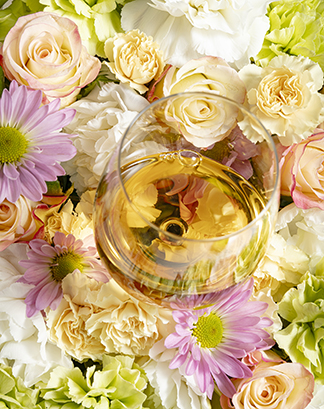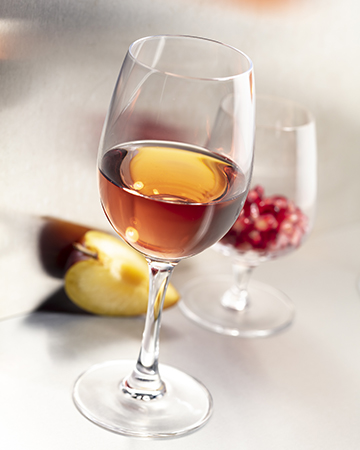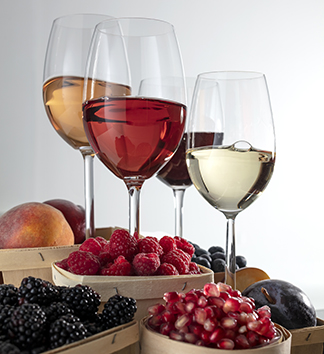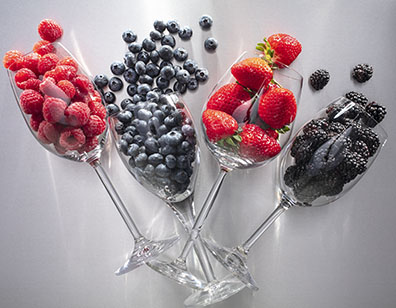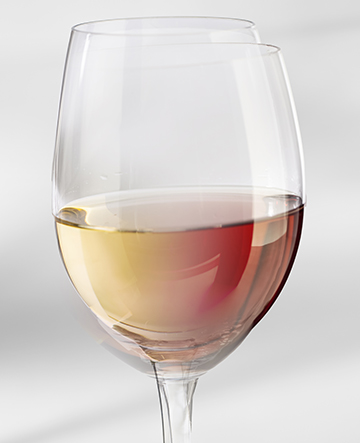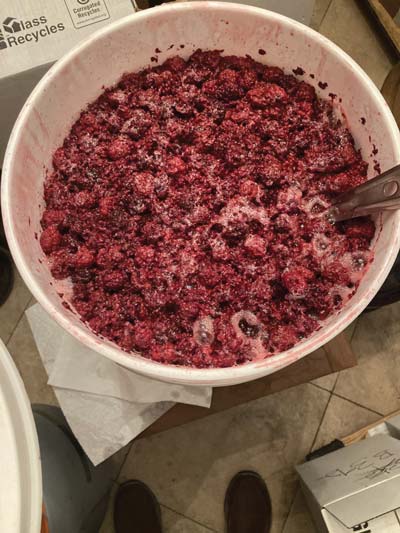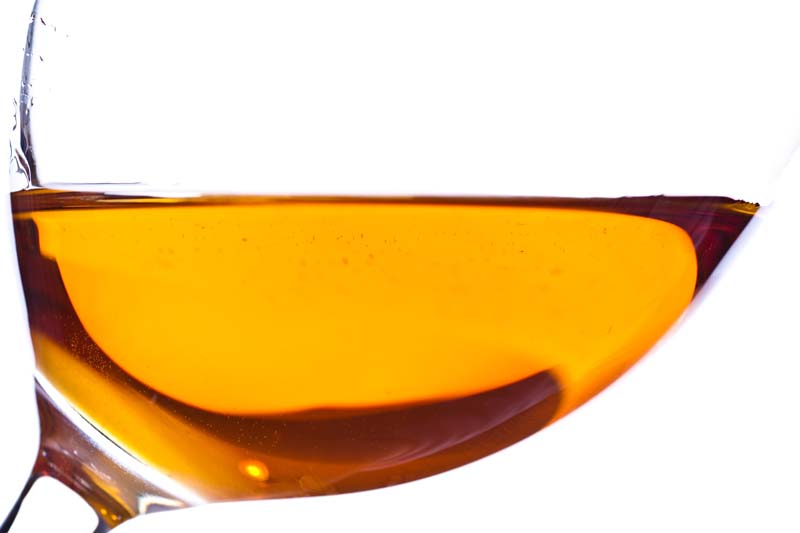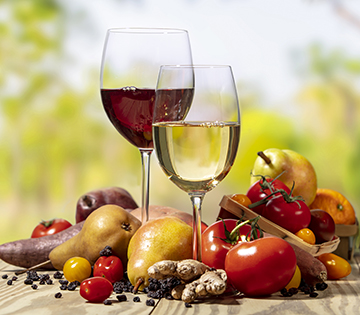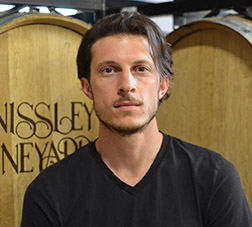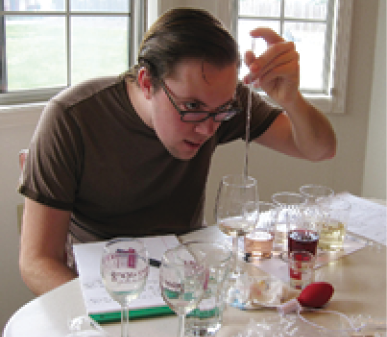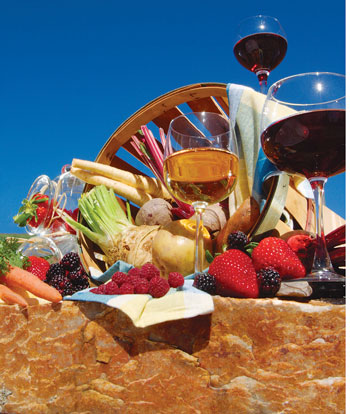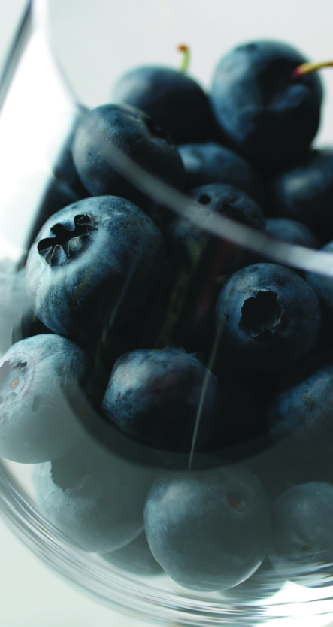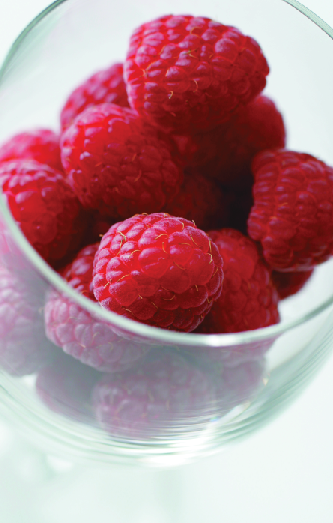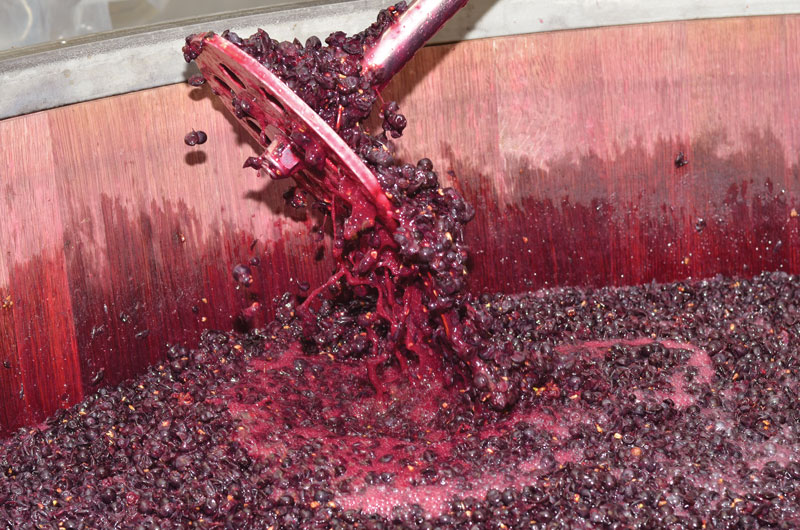Topic: Country-Winemaking
Adding body to country wine
You are really onto something here! Water is added to recipes for many different reasons. If you’re making a wine with flowers or dry fruits (like dandelion wine or elderberry wine) you’ll
Maple Wine
Maple sap is a great source of natural sugar and certainly qualifies as home winemaking material. What is less certain, as you’ve found out, is how much of those subtle maple aromas
Flower Power
You can make wine from just about anything. From dandelions and roses to ferns and parsnips, we share advice and recipes for wine from flowers, ferns, and root vegetables.
Reducing Bitterness in Citrus Wine
Ah, the glory and heartbreak that are citrus fruits in winemaking. So many aromas! So many bright flavors! So much acid! And so many potential bitter compounds. This is where a good
Troubleshooting a Blueberry Wine
Ah, blueberry wine! Blueberries, huckleberries, and black currants are all favorites when it comes to home winemaking, partly because they can make dark, mouth-filling wines that can resemble the finest red wines
Pectic Enzymes: Tips From the Pros
Three pro winemakers share how they use pectic enzymes to their advantage to maximize yields, increase color and flavor extraction, and make filtration easier.
Making Dessert Fruit Wines
If you have access to fresh fruit and a sweet tooth, then dessert-style fruit wines should be in your winemaking repertoire. An award-winning winemaker shares his secrets.
Award-Winning Fruit Wines
We share recipes and advice for four gold medal-winning fruit wines made by top amateur winemakers. Instead of just waiting for the grape harvest to roll around this fall, try your hand at one of these unique fruit wine recipes.
Making Berry Wines
As the temperatures climb during the summer months, trees, bushes, and other perennials teeming with berries are aplenty. Get some tips on making berry wines.
Fruit & Grape Blends
When a wine comes up lacking, the solution may just be blending a totally different type of wine with it. Grape wines and wines made from other fruits often have complementary characteristics that lend themselves as a key ingredient in the other.
Boysenberry Wine: My “out-of-season” winemaking adventures
A winemaker and his brother team up to create a boysenberry wine. Join along on their adventure to crafting the perfect summer sipper.
Stone Fruit Wines
Also known as drupes, stone fruits offer some advantages over some other types of fruit for making wine. Learn some basics of making stone fruit wines.
Tips For Making Cantaloupe Wine
Because cantaloupes have high pH, my guess is that the red speckles you’re seeing in a layer on top of your wine are bacteria colonies and no, they are not to be
Dealing With Acid Issue on a Raspberry Wine
I really applaud you for keeping such detailed records and testing regularly. This really helps me when diagnosing issues and coming up with ways to help. I want to start off by
7 Country Wine Recipes
Fruit wines are generally the first thing to come to mind when we hear “country wine,” however the term is much more encompassing than that. We share seven recipes from Jack B. Keller Jr.’s new book release Home Winemaking: The Simple Way to Make Delicious Wine that illustrate just how broad an array of ingredients the term includes.
Backsweetening Fruit Wines
Backsweetening is a popular method to balance and bring out the fruit character in fruit wines. We enlist two experts to share their tips to backsweetening success.
Making Berry Good Wines
Get tips on the unique aspects of making berry wines. Award-winning recipes included!
Yeast choice for a fruit wine
You want to know what my standard, go-to, never-fail, keeps-most-wines-happy yeast is? It’s called Prise de Mousse, EC1118, Davis 796 or Premier Cuvee. Why all the names? I guess so a lot
Blending Fruit Wines
Country wines made with multiple fruit varieties can be blended prior to fermentation or after. Learn how two professional winemakers decide when to blend, as well as the other considerations they account for when making these lovely summer sippers.
Off The Beaten Path: Spice, herb, and vegetable winemaking
These wines are not common in the commercial marketplace where dry grape wines dominate. There are some fruit wines, of course, and a few novelty wines made with coffee or chocolate. You
Non-Grape Winemaking
Country wine is the informal term that has been used for years to define fermented beverages made from ingredients other than grapes. This can include fruits, vegetables, flowers and herbs. Wine made
Making Raspberry Wine
Country Wine Case Study: Ingredients 5.0 lbs. (2.3 kg) fully ripened or frozen raspberries placed in a fine mesh straining bag 7 pints (3.3 L) water 2.0 lbs. (0.91 kg) corn sugar
Passion Fruit Wine
Well, I will admit I have never made a passion fruit wine (living in Napa, those pesky grapes just seem to be the most convenient sugar source at hand) but I will
How To Date a Country Wine
Well well, what do you know? That’s a question I’ve never been asked before in all my years of writing this column! The spirit of the vintage laws for commercial wine is
Sediment In A Fruit Wine
I definitely would re-think your pre-bottling aging and fining procedures. Many wines, especially those made with fruit other than grapes, are susceptible to flocculation (a fancy term for sediment) and visible fallout.
